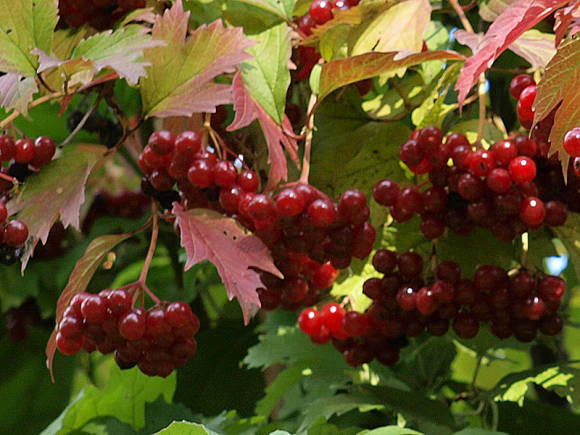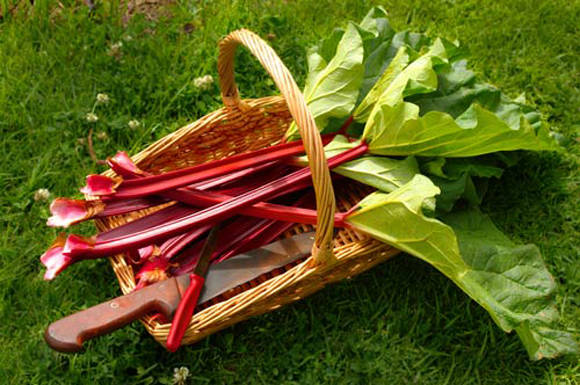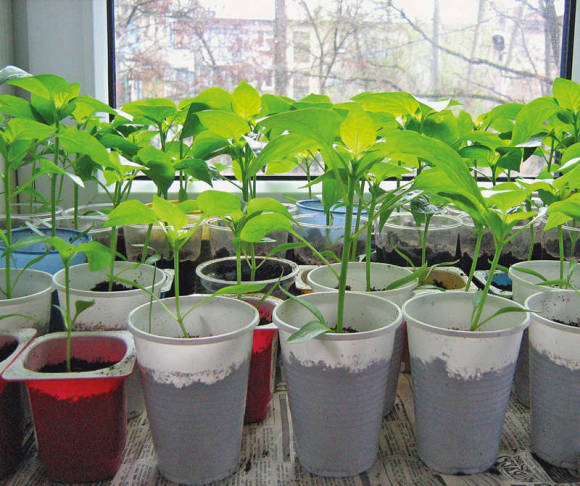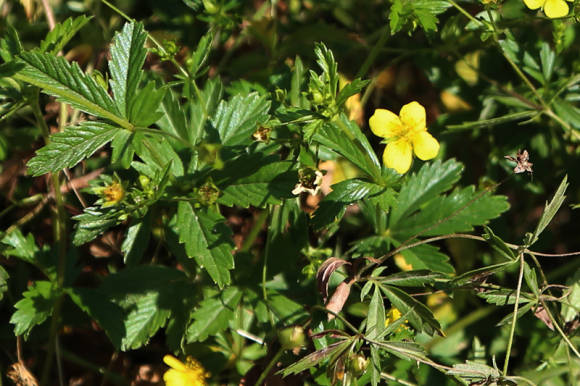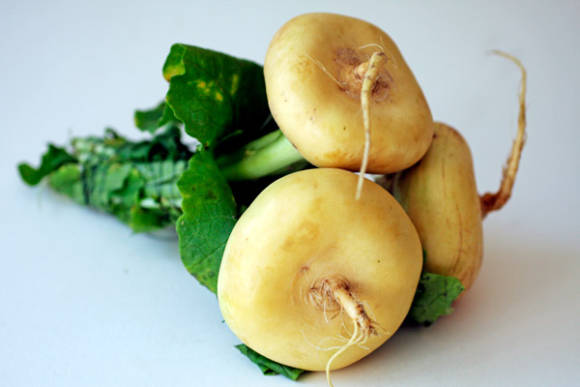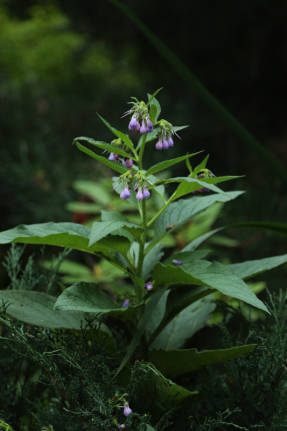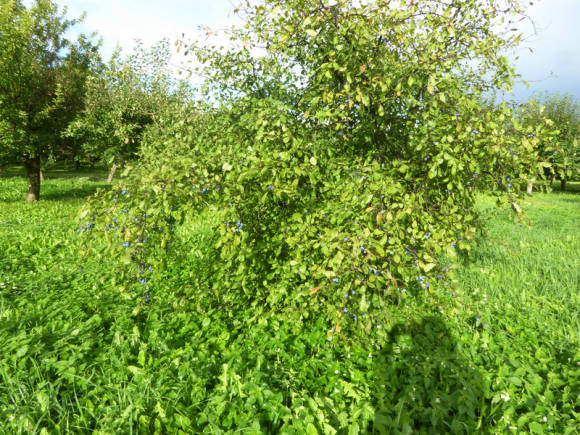
Kirkazon giant, or aristolochia giant(Aristolochiagigantea) - a rare for us tropical plant of the Kirkazonovye family. It is remarkable for its original large flowers. This species comes from Central and South America (from Costa Rica and Panama to Brazil). Grows in tropical forests near streams at an altitude of 700-1100 m above sea level.
Giant Kirkazon is a climbing evergreen shrub with stems twisting around the support counterclockwise. Leaves are alternate, whole, triangular-heart-shaped, up to 15 cm long and 11 cm wide, light green, with whitish hairs on the underside. From the axils of the leaves, flowers emerge up to 30 cm long and 15 cm wide, on long pedicels.
The flowers are burgundy, with pink-cream mesh veins, in the center they are more intensely colored to attract pollinators, with a yellow-orange neck. It is an entomophilous plant that attracts insects, primarily flies and mosquitoes. In many species of kirkazon, the flowers have a repulsive odor, reminiscent of the smell of rotting meat, but this species has flowers without an unpleasant odor. As with all representatives of the order Kirkazonovye, three parts are clearly distinguished in the structure of the flower: a pouch, a tube and a limb, while the corolla is absent, all parts of the calyx are formed by a calyx. The flower is actinomorphic, with one axis of symmetry, heart-shaped.
The flower of the giant Kirkazon is a kind of trap, from which the insect cannot get out until it does its job of pollination. Through the tube, the fly enters the bag, where the reproductive organs of the flower are located. Back insects are prevented from getting out by special hairs - trichomes, obliquely covering the pouch. The pollen that the fly brought from other flowers pollinates the flower. Then the pollen of the flower itself ripens and spills out onto the insect. After that, the trichomes fade, opening the path to freedom for the fly. The fly receives nectar as a reward, which covers the walls of the bag.
Under natural conditions, the plant is able to bloom and bear fruit almost all year round. In temperate climates, flowering occurs in June-July.
The unusual flowers of the plant are very large and interesting, therefore this type of kirkazon is grown as a decorative liana not only in the American continent, but also in other warm countries, as well as in European regions in a greenhouse. In height, this powerful liana can grow up to 4.5-6 m, it needs support.
The plant is poisonous, contains aristolochic acid, which has a carcinogenic effect.
Growing

Giant Kirkazon is a thermophilic plant that does not hibernate in central Russia (it is capable of hibernating only where winter temperatures do not drop below -1оС), at temperatures below + 10оС it stops growth. Can be grown as a substitute crop, in pots that are brought out into the garden for the summer. But the most magnificent development is when transplanted into the ground for the summer, especially in a greenhouse. It can be grown all year round in a greenhouse.
Pick-up location... In order for the giant Kirkazon to bloom, it needs a warm, heated place in the sun or in a very weak shade. A support is required, for example, in the form of a lattice. The site must be protected from winds that can tear the delicate leaves of the plant.
The soil... For kirkazon, a planting pit is prepared with a width and depth of 50-60 cm. It is filled with a mixture of equal shares of garden soil, sand and compost or rotted manure with the addition of a small amount of complex mineral fertilizer of prolonged action. The same mixture is prepared for container specimens. The plant develops quickly, forms a large leaf mass, so the richness of the soil largely determines the success of growing vines.Another important point is the correct acidity, it should be in the range from slightly acidic to medium alkaline (pH 6.1-7.8). The soil is deoxidized with wood ash or dolomite flour.
Watering... The plant requires regular but moderate watering, does not tolerate waterlogging. The place must be drained. After planting and watering, it is recommended to cover the soil around the plant with compost to retain moisture.
Care... If the planting pit was filled correctly, no additional fertilizing is required for the plant. Only the weeding will remain. In the greenhouse for the season, you can feed it three more times with a complex mineral fertilizer with microelements.
Winter content... With the end of the summer season, the plant is dug up, the roots are shortened by no more than a third, transplanted into a pot and brought into a bright room for wintering with a temperature of at least + 10 ° C. But this is the minimum temperature, it can be higher, up to + 12 ... + 15оС.
Pruning... At the end of winter, the shoots are shortened by a third to stimulate the growth of young shoots that will bloom.
Reproduction
The main way of plant propagation for us is cuttings. In the spring, cuttings with 2 internodes are cut and rooted in a greenhouse. Transplantation into open ground is carried out at the beginning of June, with the end of the frost. Plants reach the greatest decorativeness in the 2-3rd year of development.
The seed method of reproduction is also possible. Seeds usually do not ripen in temperate climates. But in order to get viable seeds, it is possible in the fall, when the plant is moved into the house, to trim the shoots, except for the one on which there are seed pods. After waiting for them to ripen, the seeds are harvested.
The fruits of Kirkazon giant are oblong or cylindrical capsules about 13 cm long and 3 cm wide. When ripe, they turn from green to brown and crack at the top like "Chinese lanterns" with 7 leaves.
Seeds are sown in spring, after preliminary soaking for 2 days in warm water. Germinated at a temperature of + 25 ... + 30 ° C.

